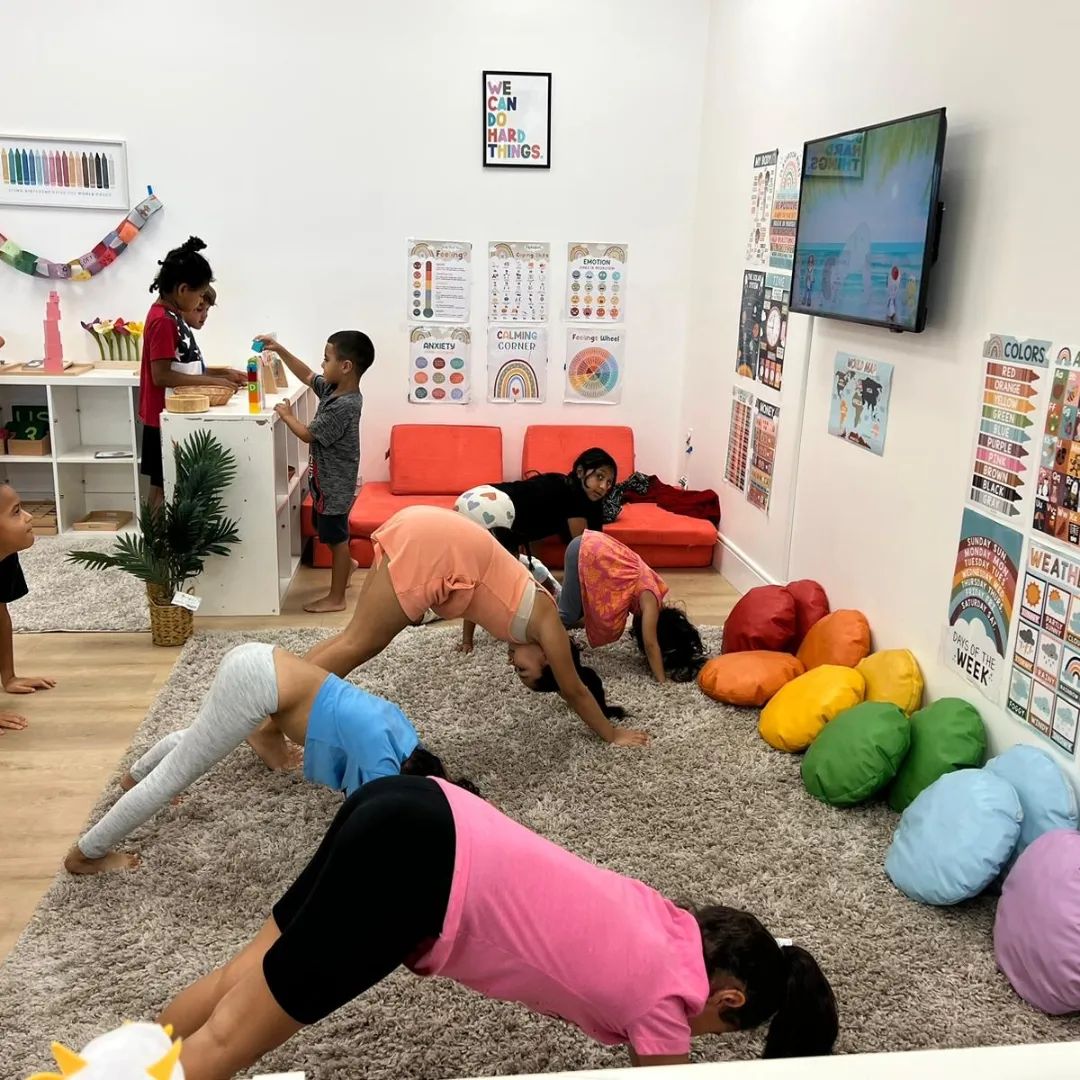How do your children learn?
We all learn in three main categories by seeing, hearing, and feeling. Visual learning, auditory learning, and kinesthetic learning are the three learning styles, and most people are a combination of all 3 with one or two dominant learning styles.
Visual learners learn by seeing. Pictures, images, graphs or diagrams, reading, and anything that requires sight is the way a visual learner receives information. Visual learners may be complemented by hearing and or feeling, but their dominant sense is sight. A hint to find out if someone is a visual learner is if they use the words, “I see” or “Show me”. Observe where your child’s line of vision is focused; this will help you to understand where your child’s attention is, and meet them where they are.
Auditory learners learn by listening. Reading stories out loud, hearing directions read to them, repeating directions at least twice (patiently and calmly like it’s the first time you said it), listening to music, and talking out loud so they can hear themselves help auditory learners to receive information. A hint to find out if someone is an auditory learner is they may use the words, “Listen” or “I hear you”. Notice if your child understands reading material better if they read it themselves, or if it is read aloud to them. This is one way to distinguish the difference between visual and auditory learners.
Kinesthetic learners learn by feeling or doing. Walking, dancing, sports, writing, arts and crafts, drawing, painting, playing instruments, and exercise are some examples of activities that appeal to a kinesthetic learner. A hint to find out if someone is a kinesthetic learner is that they need to try it themselves to get it, rather than seeing or hearing the information. The above mentioned list is a small amount of all of the possibilities available for learning kinesthetically.
The best way to learn is to utilize all of the senses and incorporate all of the learning styles. The more senses involved in learning activate more areas of the brain and create more neural pathways solidifying learning new skills. As you start to notice your child’s strengths you can thoughtfully give them information with their dominant sense in mind, and aid them in strengthening their other senses with patience and compassion.
Hawa Robin Cahn teaches Pilates and Yoga in South Florida as well as giving sessions in Craniosacral Therapy and Spiritual Healing. Family Yoga and Kids’ Yoga have taught Hawa so much about teaching, learning, and building community. Her new website Warm Up: the where do I start workout is a subscription site that allows you to access her curriculum anytime anywhere. Thank you for visiting the site www.warmupworkout.fit.















